FACADE ASSEMBLY
STEP 1: CREATING THE FAMILY
Open a new family using the generic model type.
Generic model – A generic model is a family that can be placed anywhere in a file.
STEP 2: NAVIGATING THE FILE
Before modeling your facade change the current view to an elevation.
STEP 3: USING GUIDELINES
Select an exterior cladding system and base your model on the details you researched. (It’s easier if all the shop drawings that you use are from the same manufacturer).
Once you’ve selected your cladding system create reference lines to indicate how thickness of each material layer. The reference line can be found under the create tab, in the datum panel.
STEP 4: MODELING YOUR FACADE PANEL
Use the extrusion command to create basic forms based on the type of materials used.
Since most of the materials in a wall are rectangular it’s easier to use rectangular drawing tool.
When creating an extrusion it’ll be cluttered with the current dimensions and unlocked symbols. Click on the symbol to apply a constraint to the model. The constraint will lock in the given dimensions and keep the model from being modified.
STEP 5 – ADDING DETAILS TO YOUR MODEL
A facade can have several complex elements such as voids, hollowed out backs, slight curves, and slopes. To apply these elements to your model you should use reference lie to determine where each component will be placed. For detail elements that are on the outside of your model you can simply hit the EDIT EXTRUSION command.![]()
For components of your facade that lie on the inside of your panel you can use VOID FORMS > VOID EXTRUSION.
STEP 6 – APPLYING MATERIAL TO YOUR MODEL
To add a material or color click on <By Category> the in the properties tab.
Once opened you be led to the material dialogue box. Use the search bar (In red) to find pre-loaded materials in Revit. All available materials will appear in the area circled in blue (Disclaimer: Revit does not have all materials). After selecting the material select Apply > OK
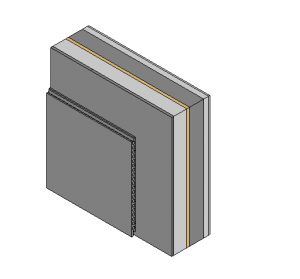
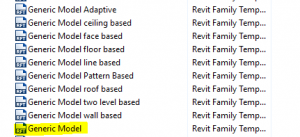
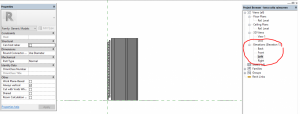
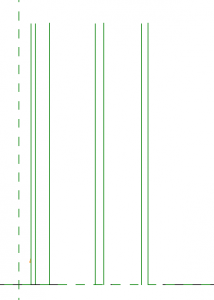

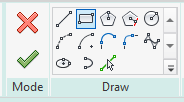
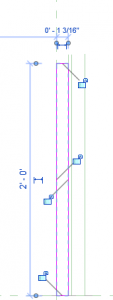
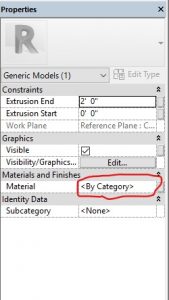




Candy Crush is a popular mobile game that combines puzzle-solving and matching skills. In this game, players are presented with a colorful grid filled with various types of candies. The objective is to match three or more candies of the same color in a row or column, which will cause them to disappear from the grid and earn points.